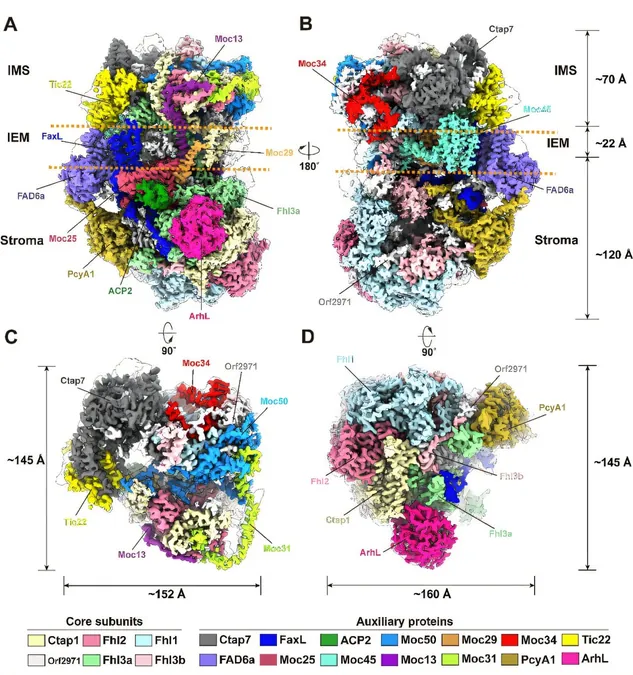
Breakthrough Discovery: How Proteins Enter Chloroplasts Revealed!
2024-11-12
Author: Noah
Breakthrough Discovery: How Proteins Enter Chloroplasts Revealed!
In a groundbreaking study, researchers have unraveled the intricate details of how precursor proteins are imported into chloroplasts, which are essential for plant energy production. The transport mechanism involves the TOC (Translocon at the Outer envelope of Chloroplasts)-TIC (Translocon at the Inner envelope of Chloroplasts) supercomplex, a sophisticated structure that mediates the movement of most precursor proteins from the cytoplasm directly into the chloroplast.
At the heart of this transport system lies a motor protein complex, critical for driving the translocation of these proteins across the chloroplast membranes. Despite its significance, the composition and architecture of this motor complex, as well as the specifics of how proteins are moved, have remained largely unknown until now.
A team of scientists from the Chinese Academy of Sciences has made significant progress in this area by elucidating the high-resolution structure of the Orf2971-FtsHi complex, a motor complex found in Chlamydomonas reinhardtii, a model organism for studying chloroplast functions. Their findings, which have been published in the journal Molecular Plant, shed light on the complex interplay of proteins involved in this process.
The Orf2971-FtsHi complex is notably intricate, comprising 20 subunits that include 19 different proteins. This complex structure spans the chloroplast's inner membrane, extending into both the intermembrane space and the stromal side of the organelle. Central to the assembly of this complex is Orf2971, a protein encoded by the chloroplast genome with a substantial molecular weight of about 341 kDa, derived from the FtsH protease family. Orf2971 acts as a scaffold, interacting directly with 17 of the other 19 subunits, which is vital for both the formation and stability of the entire assembly.
What’s particularly fascinating is the discovery that five FtsH-like proteins within this complex come together to create a double-layered disk-like structure, essential for translocating precursor proteins by using energy derived from ATP hydrolysis—essentially "pulling" the proteins across the membrane.
Using advanced techniques like surface plasmon resonance (SPR) and Gaussian accelerated molecular dynamics simulations, the researchers also uncovered direct interactions between Tic22 in the motor complex and Toc75 in the TOC-TIC supercomplex. This relationship plays a pivotal role in coordinating the translocation process.
Based on their study, the scientists proposed two potential models explaining how these complexes work together. This research not only enhances our understanding of protein import mechanisms in chloroplasts but also opens avenues for potential applications in biotechnology and genetic engineering, where manipulating chloroplast functions could lead to improved crop yields and bioenergy production.
Stay tuned for further updates as this research unfolds and reveals more about the fascinating world of plant biology!

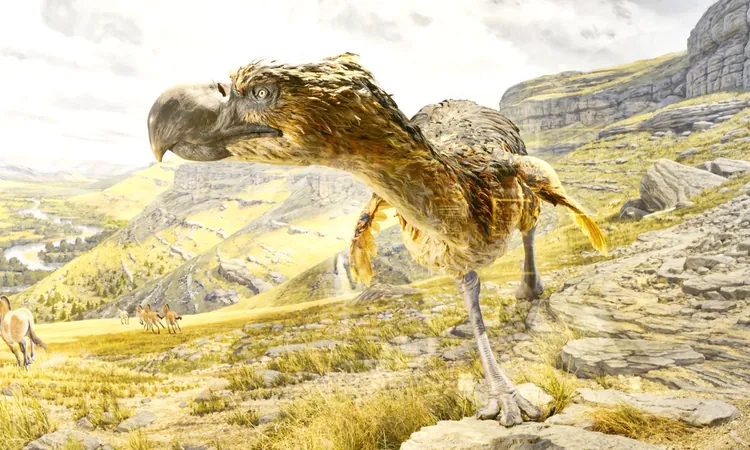

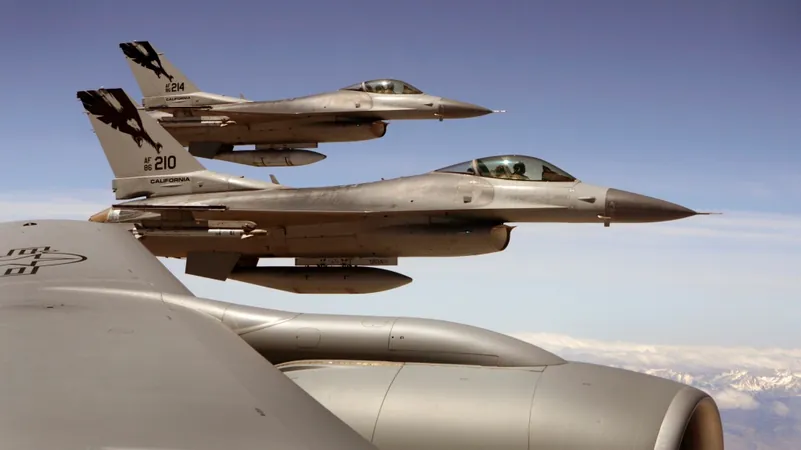
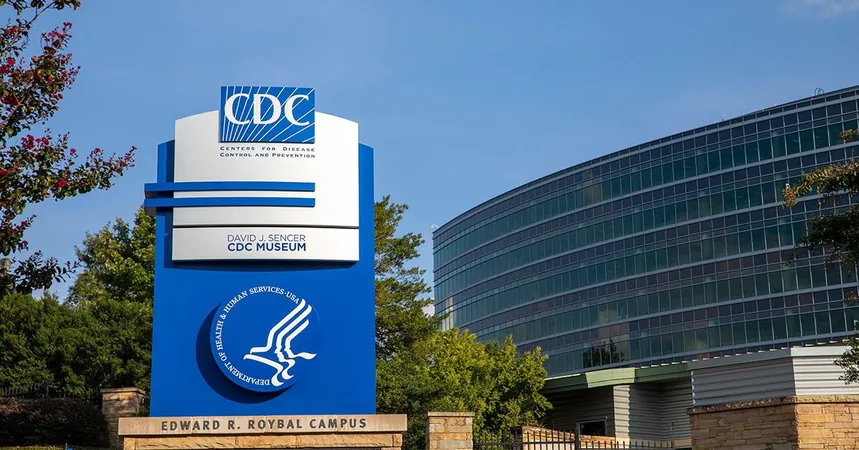

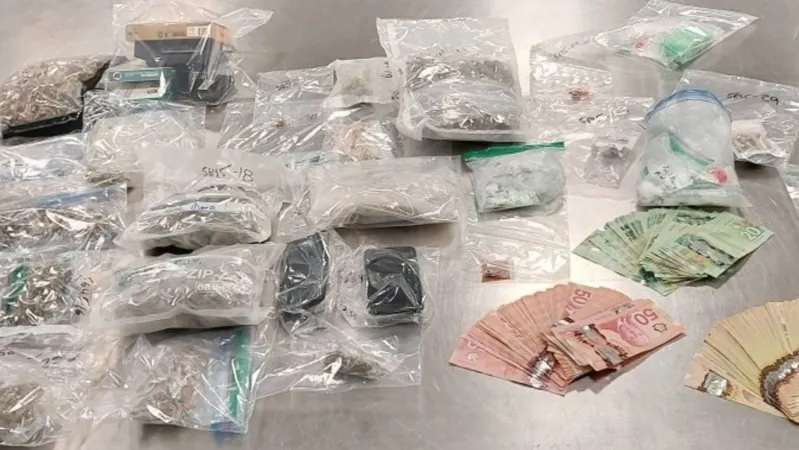


 Brasil (PT)
Brasil (PT)
 Canada (EN)
Canada (EN)
 Chile (ES)
Chile (ES)
 España (ES)
España (ES)
 France (FR)
France (FR)
 Hong Kong (EN)
Hong Kong (EN)
 Italia (IT)
Italia (IT)
 日本 (JA)
日本 (JA)
 Magyarország (HU)
Magyarország (HU)
 Norge (NO)
Norge (NO)
 Polska (PL)
Polska (PL)
 Schweiz (DE)
Schweiz (DE)
 Singapore (EN)
Singapore (EN)
 Sverige (SV)
Sverige (SV)
 Suomi (FI)
Suomi (FI)
 Türkiye (TR)
Türkiye (TR)